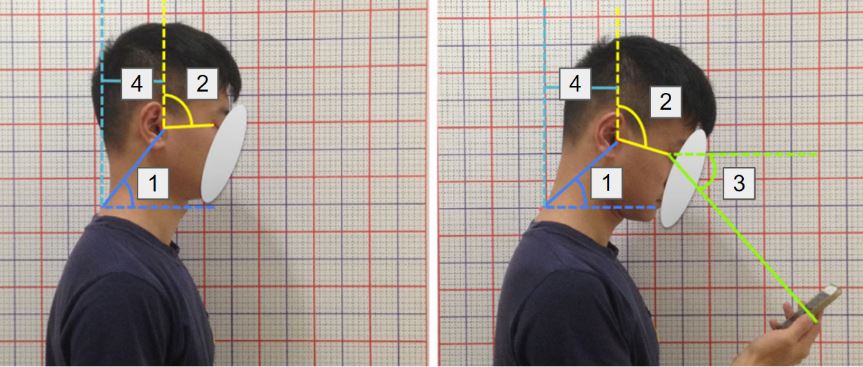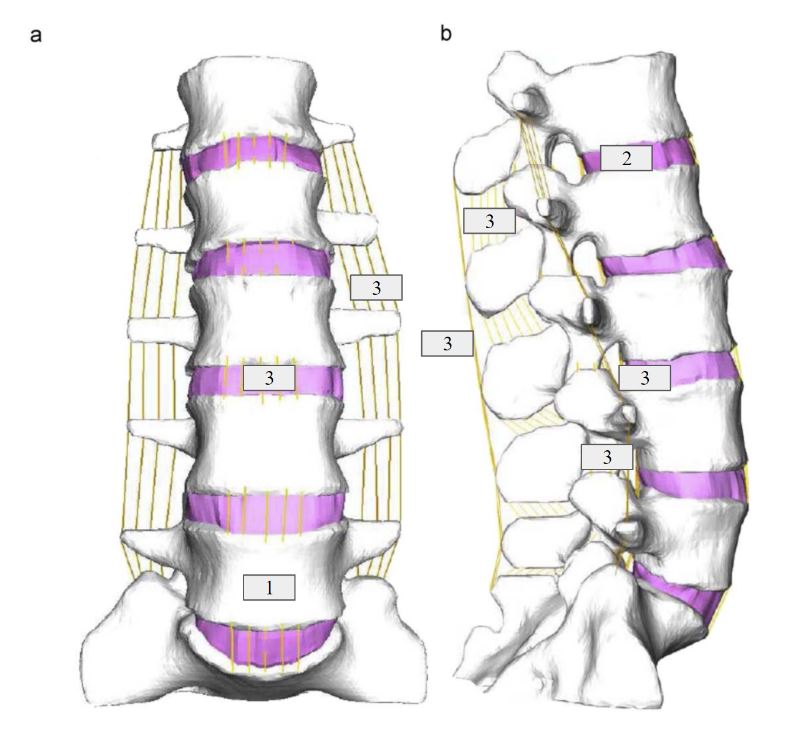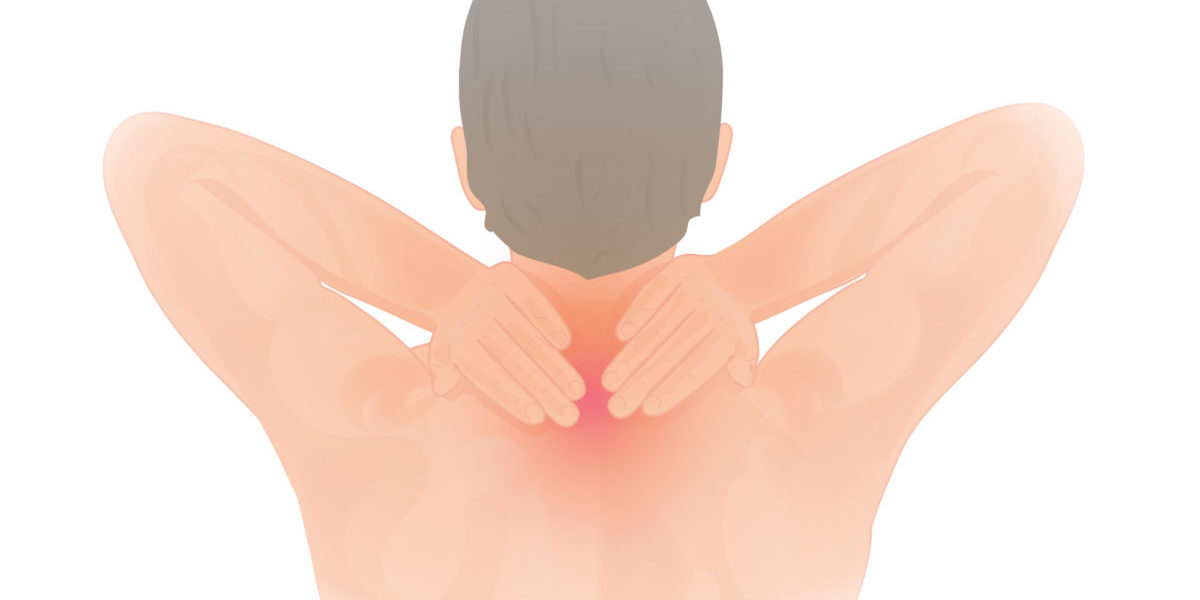
77% percent of people in the world have a smartphone according to researchers. The most popular form of communication is text messaging. On average, people are spending 3-6 hours per day on their phone. Children are getting their first smartphones earlier and earlier. The unique capabilities provided by this technology are unmatched, but at what cost?
Does viewing my phone affect the health of my spine?
When you are viewing your phone, there are significant changes to your posture. There are four metrics used to keep track of posture.
- Neck title angle
- Head tilt angle
- Gaze angle
- Forward head shift

As you look at your phone for longer periods of time, your viewing posture deviates more and more from your neutral posture. The results are even more drastic for people who already experience mild neck pain, with their posture deviating even more from the neutral position when they look at their phone than those who do not experience pain. This could lead to a cycle where neck pain gives rise to worse posture and worse posture increases your neck pain. Right now, 5 minutes is the longest amount of time that data has been collected while someone is viewing their phone. To determine the behavior over a duration on the order of hours, longer studies will need to be done.
Does bad posture actually cause my back and neck pain?
Currently, medical imaging such as MRIs and CTs are not generally reliable for diagnosing back pain and symptoms vary greatly from person to person. Much research has been performed to determine effects of phone usage on posture, but there is actually little known about how this correlates to stresses in the spine and pain felt as a result. There is a computer model of the spine developed which is able to predict the forces and displacements of the spine based on its position.

The numbers represent different sections of the spine such as the bone, intervertebral material, ligaments, and nucleus pulposus. Each of these sections was modeled differently based on their biological and material properties. Through numerous tests and comparison with experimental data, it was found that this model works well for predicting spinal behavior. This model will need to be adapted slightly before being applied to the neck movements, as it models the lower spine instead of the upper spine. Ultimately, future research should be done to combine the positional information from observational studies to better understand the role that cell phone usage plays in back and neck pain. Additionally, this model may be able to predict the long-term effects of the loads induced from non-neutral posture over a person’s lifetime. Finally, it would be beneficial to research whether the effects of bad posture due to phone viewing can be reversed when someone begins to spend less time on their phone, however this is dependent first on well-defined research of the impact of viewing to use as a comparison.
Featured image cropped from Neck Pain Illustration licensed under CC BY 4.0.
